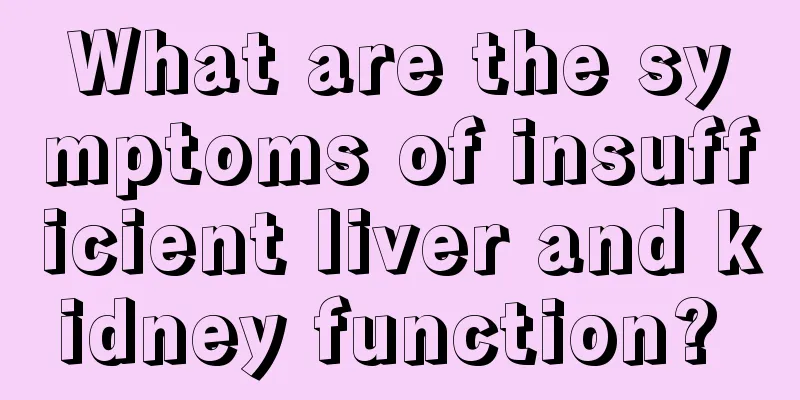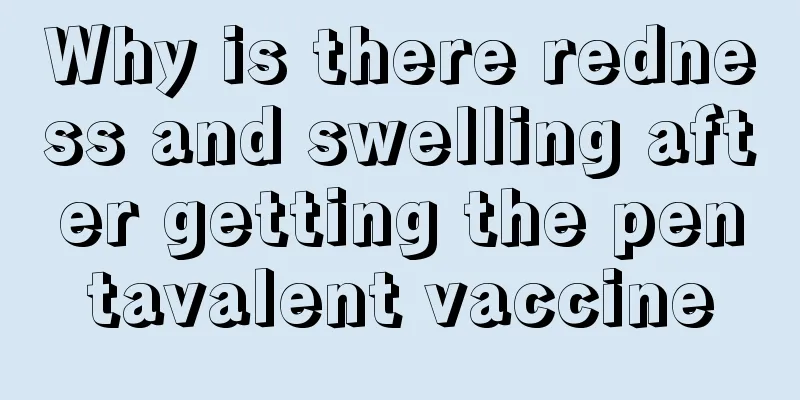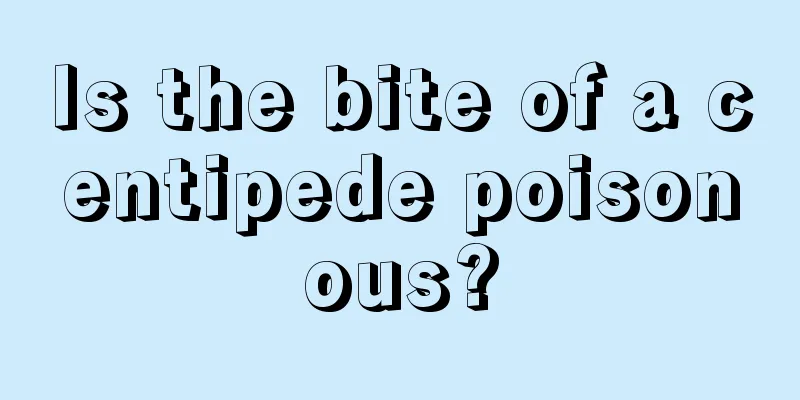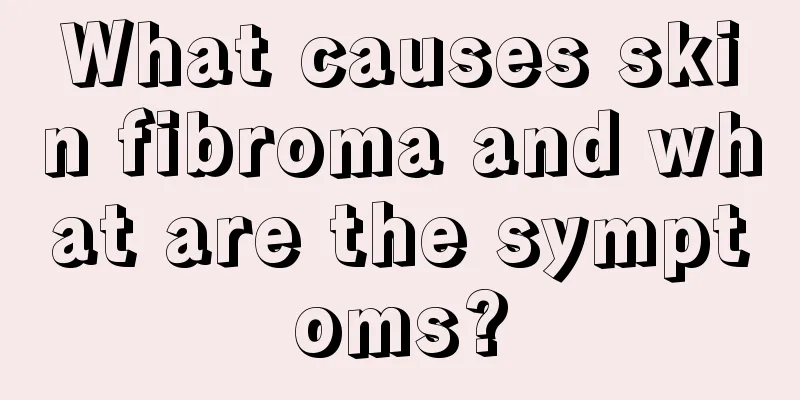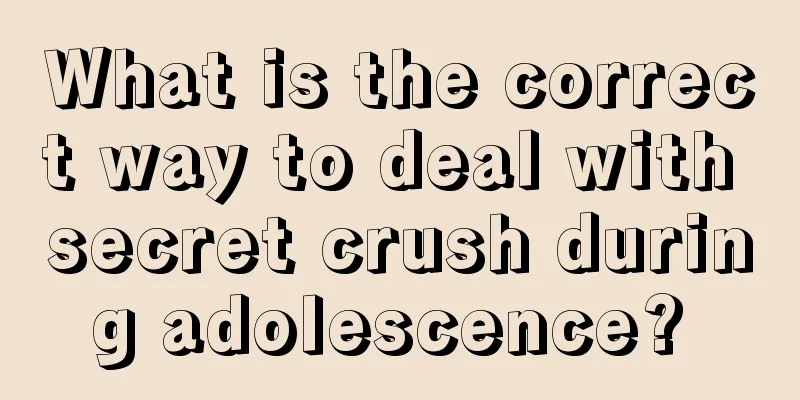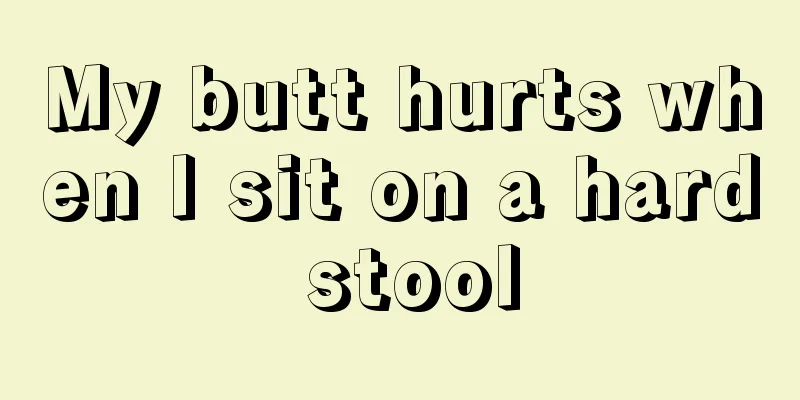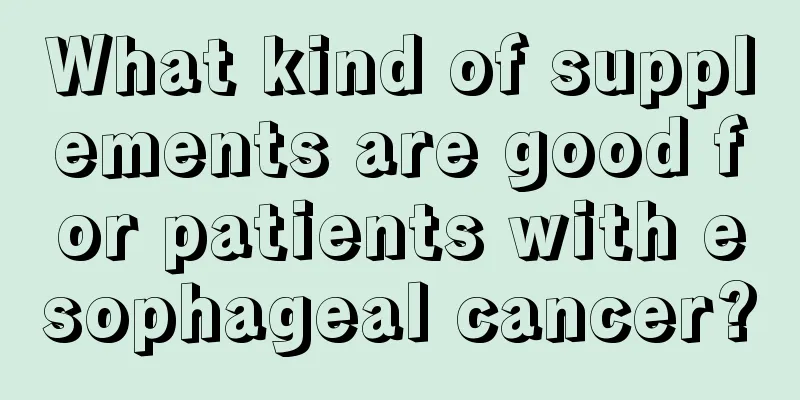Are blue toilet cleaning blocks toxic?
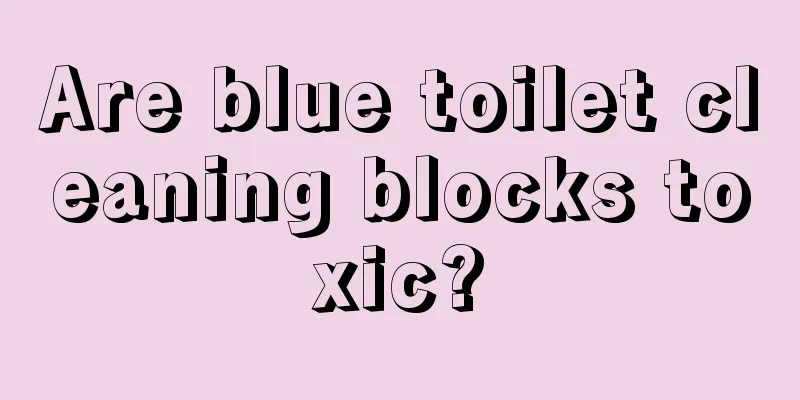
|
There was once an article that was widely circulated about blue toilet cleaning blocks causing cancer. Now that various cancers are prevalent, people have a strong sense of health awareness. After seeing similar reports, we can't help but be very worried, fearing that the blue toilet cleaning blocks themselves contain toxins, otherwise how could they cause cancer? We must have a correct understanding of this issue. So, are blue toilet cleaning blocks toxic? Let’s take a look below. When the toilet cleaning block is placed in the water tank of a flush toilet, it will slowly dissolve in the water and, according to its instructions, can clean the toilet when the water is flushed.However, if the flush toilet is used for a long time, the check valve in the water tank will age and "fail". A normal check valve will automatically close when the water tank is full, but it cannot be closed if it "fails". The water in the water tank containing toilet cleaning block ingredients may flow back into the tap. Even users connected to this water pipe may be affected. Generally speaking, even if the check valve fails, the water in the toilet tank is controlled by the normal water pressure of the tap water and cannot flow back into the tap water pipe. But there is an exception. If there is no water pressure in the tap water pipe and negative pressure occurs, the water in the flush toilet tank can flow back into the tap water pipe. Negative pressure in the water pipe usually occurs after water is cut off due to various reasons. After investigating multiple brands of toilet cleaning blocks on the market, it was found that the descriptions of the ingredients of these toilet cleaning blocks were relatively general. For example, the ingredients of a well-known brand of toilet cleaning blocks are shown as: detergent, disinfectant, dye, and fragrance. Some other toilet cleaning blocks are labeled as "surfactants".Perhaps due to the limited knowledge of the public about chemical reagents, the ingredients of cleaning products on the market are often expressed in a relatively popular manner and are rarely labeled with professional chemical terms. For example, surfactants and binders include alkyl sulfonates, dextrin and polyvinyl alcohol. These terms may seem too "chemical" and make people think they are very harmful, but in fact, the main ingredients of many cleaning agents in our lives are such surfactants.The surfactants and detergents in toilet cleaning blocks can indeed pollute water sources, but no evidence has been found to prove that toilet cleaning blocks are carcinogenic. The harm of these chemical elements to the human body is mainly reflected in irritation, so frequent or long-term contact is not recommended. |
<<: Is Phalaenopsis poisonous if placed indoors?
>>: Is what's in the ice pack poisonous?
Recommend
The harm of electromagnetic waves to human body
Many electrical appliances in our lives generate ...
Medical treatment of advanced pancreatic cancer
The medical treatment of pancreatic cancer refers...
What are the early symptoms of liver cancer? Five major symptoms of early liver cancer
1. Symptoms Early liver cancer may have no sympto...
Mingfan's functions and effects
Powdered alum is very similar to the table salt w...
The simplest way to deal with high humidity in the room
I believe that many of my friends now have a cert...
What are the methods for diagnosing lung cancer? Diagnosing lung cancer in this way can avoid tragedy
The first diagnostic method for lung cancer is th...
These are some of the diagnostic methods for rectal cancer
Hello everyone, today we will introduce to you so...
What to eat in summer is good for the liver?
The liver is an important organ in the human body...
Is TCM effective in treating liver cancer? What are the advantages of TCM in treating liver cancer?
The liver has metabolic functions and can excrete...
What to do if the air conditioner is very dry
In fact, people will feel that their skin becomes...
How to inhibit melanin production
Probably most women want their skin to be fairer,...
What to do if there is no baking paper for baking cookies
In daily life, many people like to eat biscuits. ...
What are the common types of prostate cancer? Introduction to the four types of prostate cancer
Prostate cancer is currently one of the most comm...
Is biological therapy effective in treating nasopharyngeal carcinoma? What are the effects?
Is biological therapy effective in treating nasop...
Symptoms of allergic cough
Cough is a very common disease. This type of dise...

